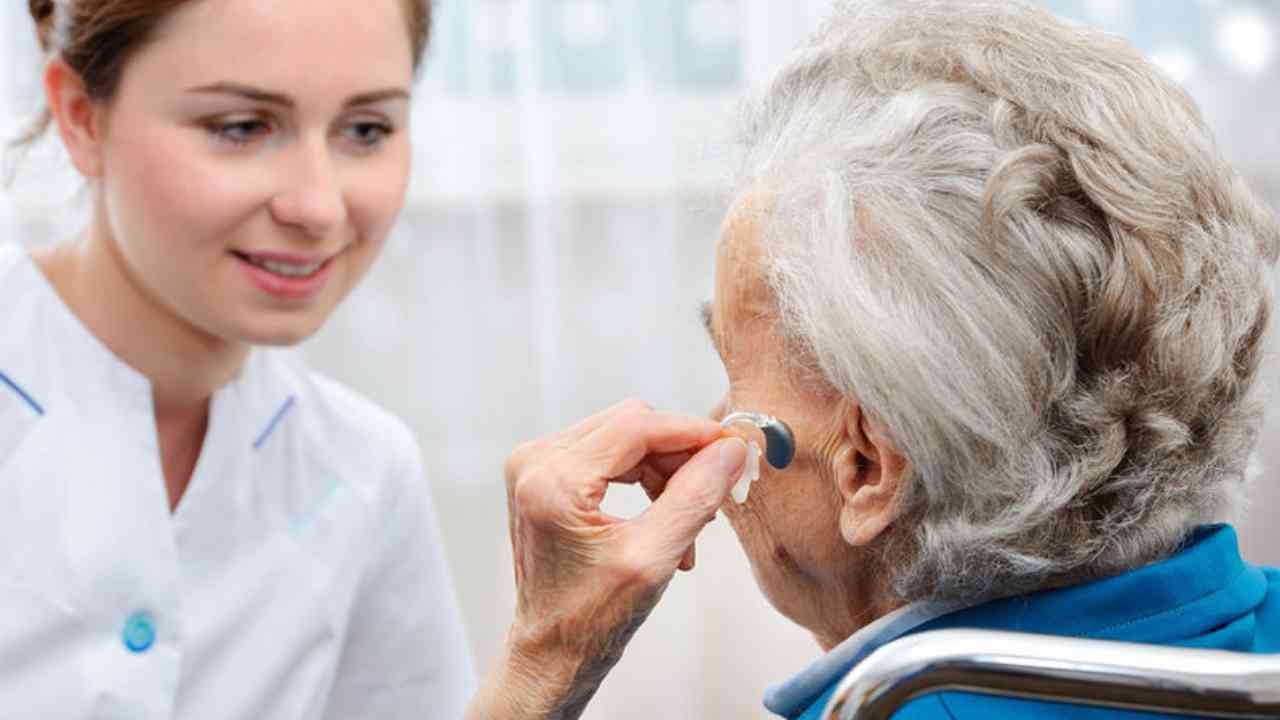More than 1.5 billion people worldwide live with hearing loss and, according to recent estimates, this number could reach more than 2.5 billion by 2030.
WHO estimates in a report that 50 percent of the hearing loss can be prevented with public health measures. At least 700 million of these people will need access to hearing care and other rehabilitation services unless action is taken.
According to the United Nations health agency, many common causes of hearing loss can be prevented, including overexposure to loud sounds.
“Millions of adolescents and young people are at risk of hearing loss due to unsafe use of personal audio devices and exposure to harmful sound levels in places such as clubs, bars, concerts and sporting events,” said Dr Bente Mikkelsen, WHO Director for the Department of Noncommunicable Diseases.
“The risk is heightened because most audio devices, places and events do not provide safe listening options and contribute to the risk of hearing loss,” she added.
The new WHO standard aims to better protect young people during their leisure time.
A large portion of the Indian population also suffers from hearing loss. According to 2018 data from WHO, the rate of hearing loss in India was around 6.3 percent (630 million people suffer from hearing problems). The estimated incidence of deafness in adults in India was 7.6 percent and the incidence of deafness in children was 2 percent.
Director-General of WHO. Tedros Adhanam Ghebreissus says our ability to hear is important. Hearing loss can have a detrimental effect on a person’s ability to communicate, read and earn a living. It can also affect a person’s mental health and ability to maintain relationships.
He added that the new report digs deeper into the problem and offers solutions in the form of evidence-based interventions. “We encourage all countries to embrace universal health coverage,” he said.
The report calls for investment and expansion of ear and hearing care services. This report underscores the need for prompt action in efforts to prevent and resolve hearing loss and related problems. The investment in ears and their care is affordable and very low.
Causes of Hearing Loss and Deafness
Although it is possible to encounter these factors at different periods of life, individuals are more exposed to their effects at certain pivotal periods.
Prenatal period
- Genetic factors, including congenital hearing loss and non-congenital hearing loss
- Intrauterine infections such as rubella and cytomegalovirus infections
Perinatal period
- Birth asphyxia (oxygen deprivation at birth)
- Hyperbilirubinemia (severe jaundice during the neonatal period)
- Low birth weight
- Other perinatal health problems and their management
Childhood and adolescence
- Chronic ear infections (chronic suppurative otitis media)
- Effusion of fluid in the ear (chronic non-suppurative otitis media)
- Meningitis and other infections
Adulthood and old age
- Chronic diseases
- Tobacco use
- Otosclerosis
- Age-related sensorineural degeneration
- Sudden sensorineural hearing loss
Factors observed throughout life
- Cerumen cap
- Ear or head trauma
- Loud sounds or noises
- Ototoxic drugs
- Ototoxic chemicals in the workplace
- Nutritional deficits
- Viral infections and other ear conditions
- Genetic hearing loss (progressive or late-onset)
Using sign language and other means of sensory replacement, such as reading speech, are important options for many deaf people, the report said. Hearing aids and services such as captioning and the use of sign language can improve communication and access to education for people with hearing loss.
Dr Bente Mikkelsen, Director of Non-Communicable Diseases at WHO, said countries should adopt a people-centred approach connected together to ensure that the benefits of these technological developments and solutions are equally accessible to all. Ear and hearing care interventions should be linked together within national health plans and delivered through robust health systems, as part of universal health coverage, to meet the needs of people with hearing loss.


























